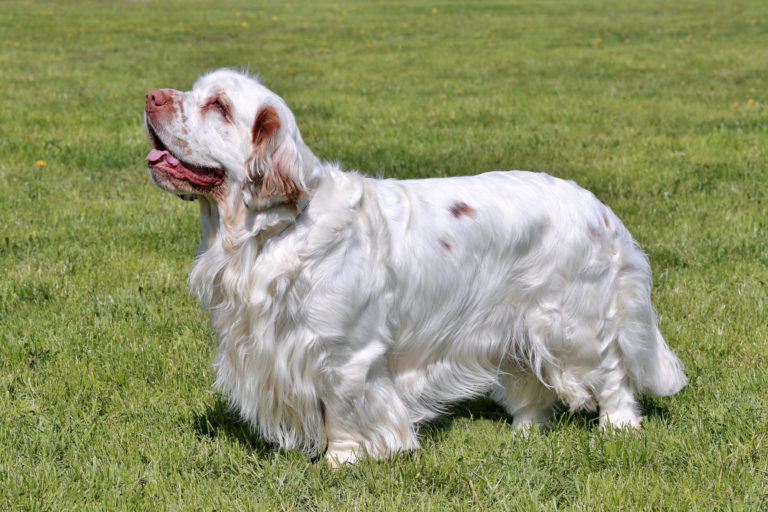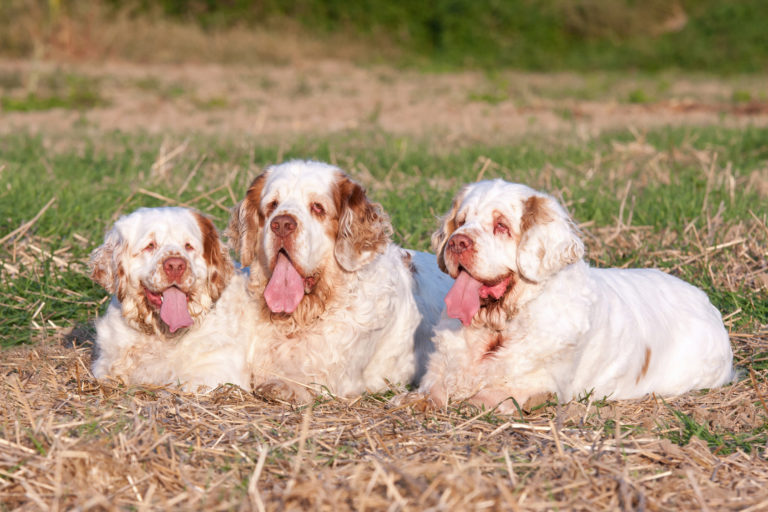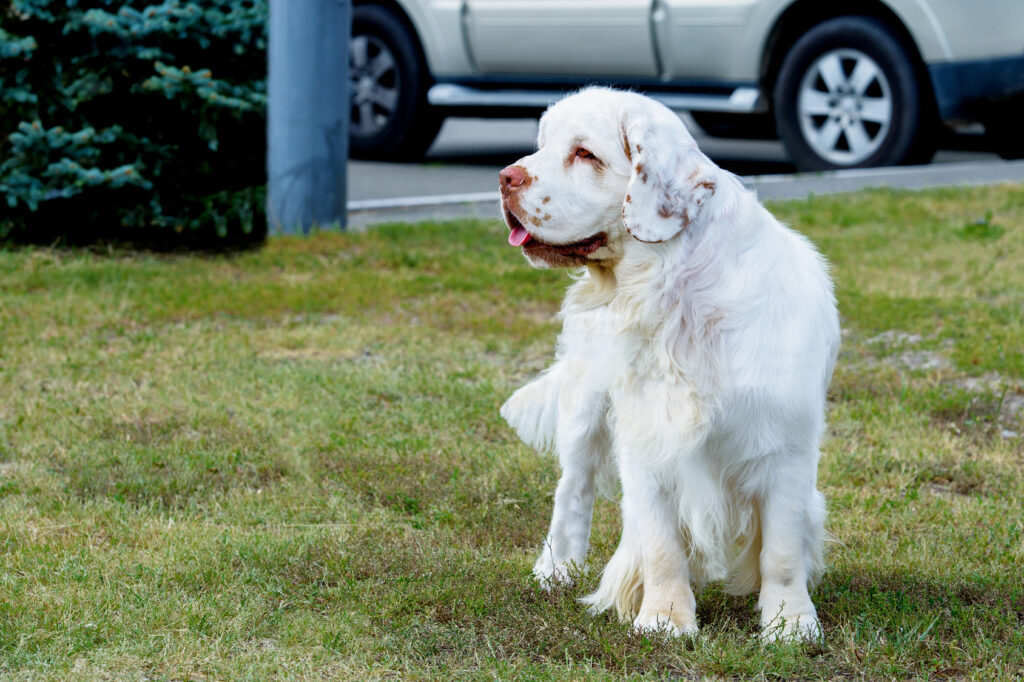This compact breed is prone to obesity, so it’s vital to feed it high-quality food that matches its energy needs. Offer your Clumber Spaniel a diet with high meat content: meat should be the primary ingredient, whether you choose dry or wet food. Grain should not be in high-quality dog food.
Puppies can be fed three to four meals per day, while adults do well with two portions. Remind yourself to allow your dog rest after meals. Use the manufacturer’s guidelines on the packaging as a starting point, adjusting the amount if your dog gains too much weight.
Weigh your pet at least once a month to monitor its weight. Clumber Spaniels are often quite greedy, so stick strictly to the planned daily food amount and choose healthy treats like dried chews or sugar-free dental snacks.
Breed Health
Overall, the Clumber Spaniel is considered a robust breed with an average life expectancy of around 12 years. It’s important to prevent weight gain as it can lead to joint problems and other conditions, diminishing overall joy.
In puppyhood, strict attention to a balanced diet is essential since quick growth can cause paralysis in some dogs between six and twelve months old. While Clumbers appear cosy, they need enough exercise to stay healthy – this breed is far from a couch potato!
Ensure your dog has a shady spot in summer, as they are heat-sensitive. Genetically, some Clumbers are predisposed to hip dysplasia, eye diseases like eyelid malformations, and slipped discs. Before getting a puppy, discuss health care with the breeder. Good genes are the best insurance.
Regular Grooming
Grooming is straightforward but requires regular attention: brush your Clumber at least every few days to prevent tangles. During shedding seasons, daily brushing is necessary to avoid excessive hair loss.
Also check the ears during grooming: because of the humid climate in their hanging ears, infections and parasite infestations can occur. Clean their ears as needed with a special dog ear cleaner – eye cleaner can be useful too. Monitor nail length: long nails can cause injuries, so trim them as needed.
Older dogs or those that stay on soft ground only can have too long nails. Many owners now use dog toothbrushes and paste for dental hygiene. It’s an effective way to prevent tartar in older dogs. If this is an option for you, get your puppy used to daily teeth cleaning.
Keeping Mind and Body Busy
Originally a retrieving and flushing dog, the Clumber Spaniel thrives in the hands of hunters because they love being outdoors with a purpose. However, non-hunters can still meet a Clumber’s needs with plenty of outdoor time, including activities like dummy or retriever training. Mantrailing and clicker training are also excellent activities to keep a Clumber Spaniel engaged.


